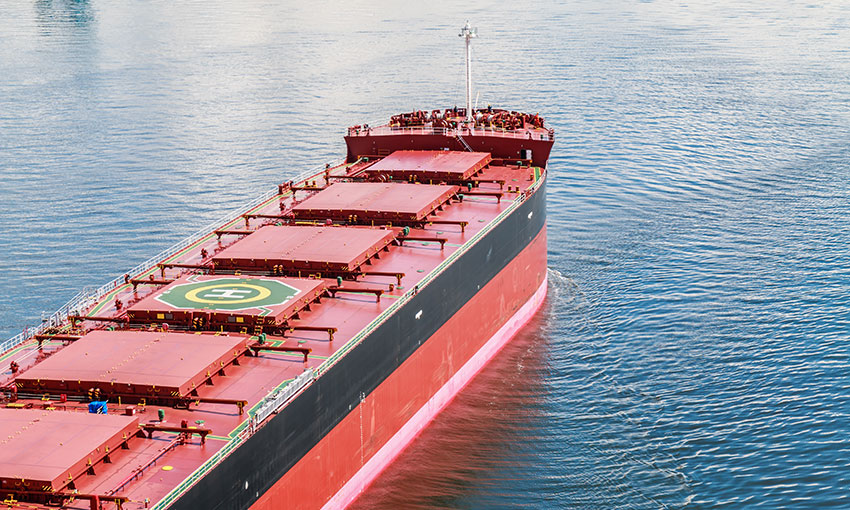BHP has signed a five-year time-charter agreement with Singapore’s Eastern Pacific Shipping for the world’s first LNG-fuelled Newcastlemax bulk carriers.
The five 208,000 dwt ships will be employed carrying iron ore from Port Hedland to China from 2022. The contract had been widely anticipated after the Idan Ofer-controlled EPS signed a letter of intent with China’s New Times Shipbuilding some weeks ago.
BHP originally unveiled plans for up to 14 LNG/dual-fuelled capesize and newcastlemax bulkers in 2019 but at the end of June it was revealed the tender had been scaled back to five Newcastlemaxes (the largest bulk carriers that can use the port of Newcastle, NSW).
BHP is aiming to reduce the emission of greenhouse gases by up to 30% per voyage.
Chief commercial officer Vandita Pant said the LNG-fuelled vessels would virtually eliminate SOx (sulphur oxide) emissions and significantly reduce CO2 and NOx (nitrogen oxide) emissions.
“As one of the largest dry bulk charterers in the world BHP recognises the role we play in working with our suppliers and customers to drive actionable reductions in GHG emissions across the maritime supply chain,” Ms Pant said.
“The tender marks a progressive shift for BHP and the broader mining and shipping industry, and is a significant step toward lowering GHG emissions in the 1.5 billion tonne iron ore seaborne market.”
Ms Pant said EPS offered a competitive bid and an efficient vessel design with superior fuel efficiency and GHG emissions reductions. The EPS management team displayed a significant alignment of values with BHP.
“The LNG bunkering time charter contract, with a total cost of ownership less than a conventionally fuelled Newcastlemax, will enable BHP to manage the fuel supply risk, build LNG operations capability internally and capture OpEx benefits through optimization of voyage operations and fuel utilization,” she said.
EPS CEO Cyril Ducau said when delivered the ships will be “the cleanest and most efficient in the entire dry bulk shipping fleet and will be IMO 2030 compliant, eight years ahead of schedule”.

